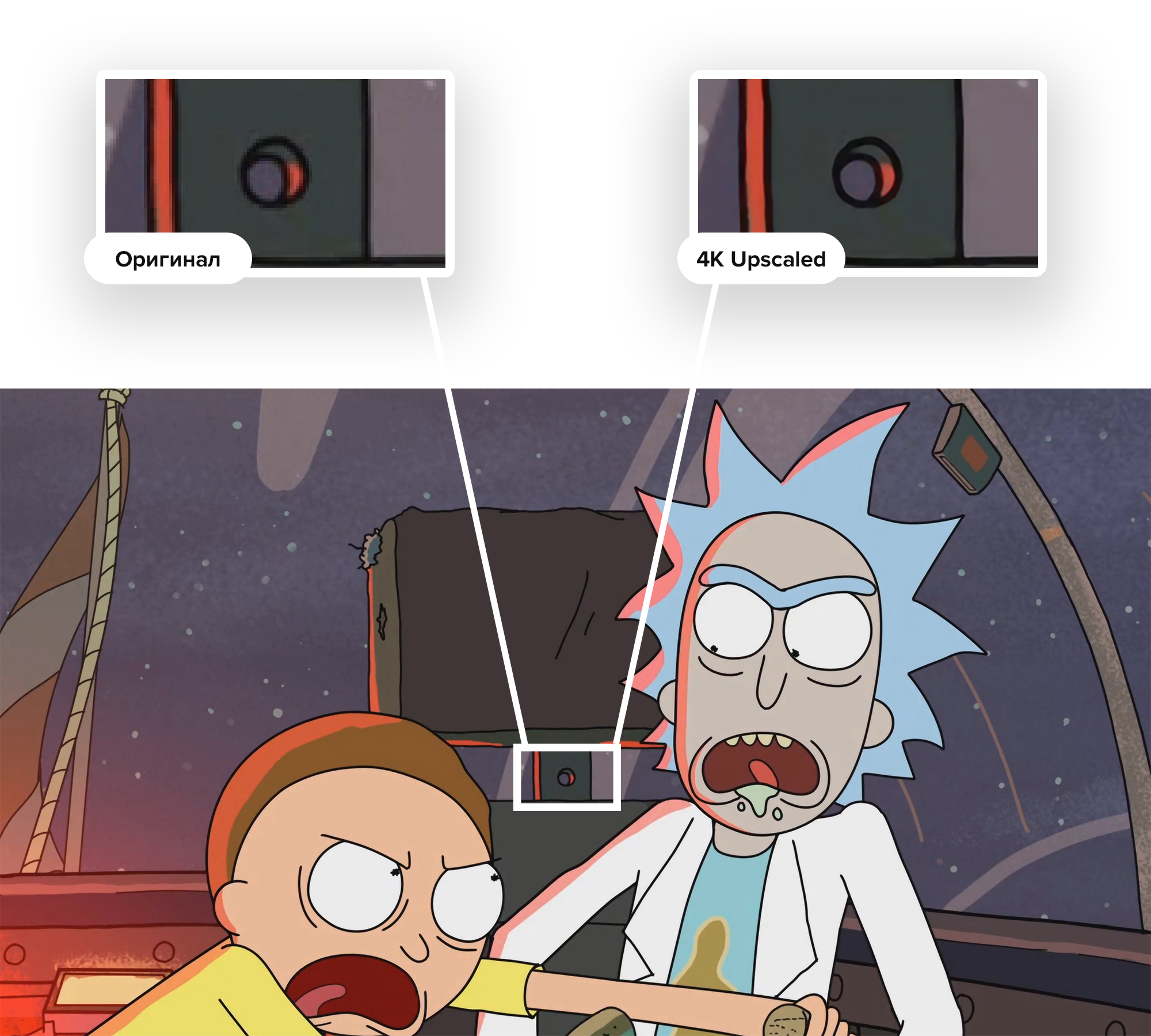Работа команды производственных айтишников на металлургическом производстве иногда тесно сплетается с командой технологической автоматизации и электрооборудования: устанавливаем датчики уровня, нужные для детального анализа технологического процесса
С точки зрения ИТ доменная печь — это огромный «чёрный ящик». Вы кладёте сырьё и топливо, получая на выходе чугун и шлак. Измерить внутри все можно почти ничего нельзя: датчики просто «умирают» от температуры, воздействия шихты и прочих условий. Измерить снаружи тоже сложно (да и нужно ли?): большие печи имеют диаметр порядка 15 метров и высоту 35 метров, — что нам дадут граничные условия для таких размеров?! По опыту на малых печах можно измерять уровень расплава (без разделения на шлак и чугун) по ЭДС внешними датчиками, но у нас так не выйдет, и нам пришлось провести целое исследование, чтобы понять, почему.
Как операционный персонал управлял процессом последние 47 лет? На базе своего производственного опыта, данных по загруженному сырью, параметров прошлых выпусков чугуна и шлака, а также косвенных параметров предполагал, как поведёт себя печь. Но управлять процессами внутри надо, поэтому остаётся только моделирование процессов по данным входа и выхода, базируясь на принципах материального баланса и используя математические ухищрения.
Если коротко, то мы те самые энтузиасты, которые «доставляют» данные, создают алгоритмы и вместе с производством добиваются эффекта. Собственно, мы оптимизируем всё что можем, и вот наконец добрались до самого нетронутого, сакрального и неизвестного легаси, вызванного «чернотой» ящика. Десятилетиями ограниченность данных воспринималась как неизбежность.
Но цифровые возможности развиваются, и мы пробуем применить самые современные цифровые решения, даже если они на грани возможного.























